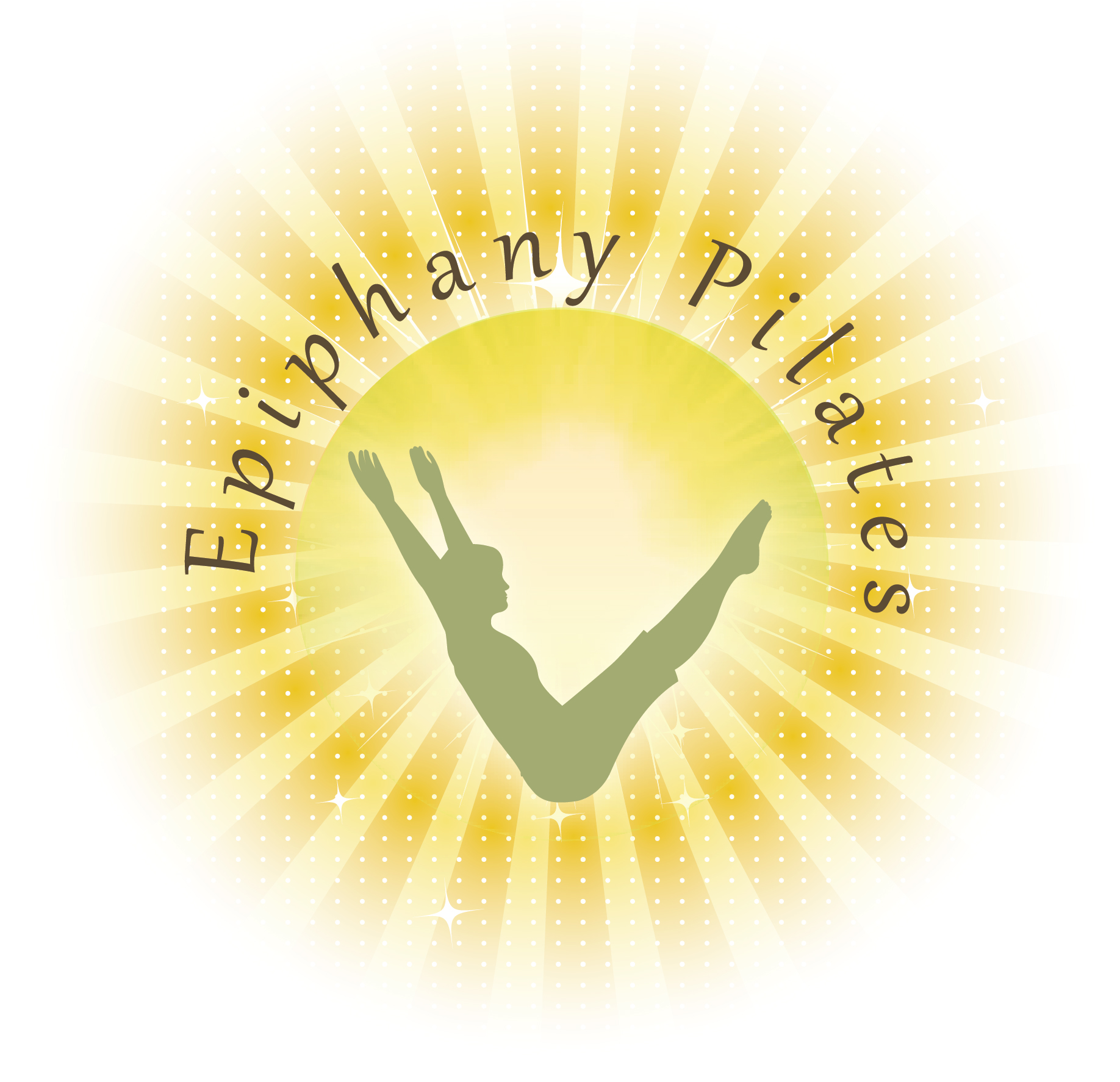What Is A Diastasis?
A diastasis, or a diastasis recti abdominis (DRA), is the separation of the outermost layer of the abdominal muscles called the rectus abdominis. It can occur as a result of increased intra-abdominal pressure during pregnancy when the connective tissue or the linea alba between the right and the left sides of the rectus abdominis separates.
While it is normal for the abdominal muscles to stretch during pregnancy to accommodate the growing baby inside the uterus, studies have shown that between 30% and 70% of pregnant women will develop a diastasis which can lead to various complications after baby is born. For example, a diastasis can cause lower-lumbar and pelvic pain, pelvic floor dysfunction such as incontinence, sacroiliac (SI) joint discomfort, and a cosmetic defect called the “mommy tummy” when the abdominals continue to protrude after delivery.
Certain risk factors do increase the likelihood of developing a diastasis during pregnancy. These include:
1. Excessive weight gain during pregnancy;
2. Being over the age of 35;
3. Being pregnant with multiples;
4. Having successive pregnancies within a short period of time;
5. Genetics (i.e., some studies point to differences in the composition of connective tissue); and,
6. Under-going a c-section (the abdominal muscles are spread apart at the linea alba during this procedure).
For many women, the separation between the abdominals will begin to close during the postpartum period. However, a diastasis has been shown to persist in between 35% and 60% of women after giving birth.
Fortunately, Prenatal Pilates is an effective way to help prevent or minimize the development of a diastasis. Likewise, Postnatal Pilates can be effective in narrowing the abdominal separation after baby is born. Pilates exercises are designed to strengthen the transverse abdominals, the innermost layer of abdominal muscles that stabilize the torso and act as a corset around your waist and spine. For this reason, regular Pilates practice during and after pregnancy can help to maintain and rebuild abdominal stability – the first line of defense against a diastasis.
Epiphany Pilates offers a comprehensive Prenatal and Postnatal Program that is focused on maintaining pelvic floor health while safely strengthening the abdominals and deep postural muscles. For more information, visit www.epiphanypilates.com/prenatal-postnatal.

